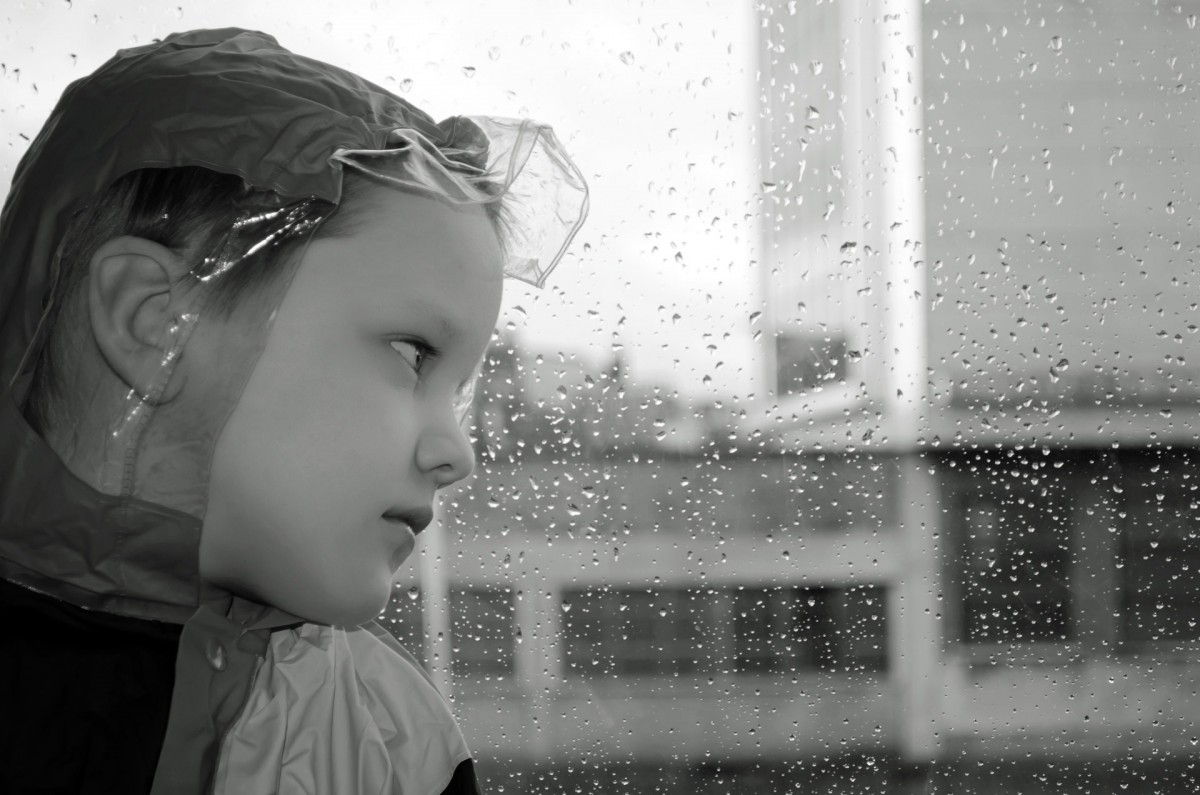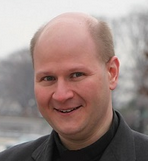Millions of schoolchildren are currently out of school under state orders intended to slow the spread of the coronavirus. However, in Oregon, at least 13,000 students are being unnecessarily denied an education to benefit traditional public schools’ monopoly over education.
Earlier this month, Gov. Kate Brown ordered all Oregon’s public schools closed until the end of March. She then extended that deadline to April 28.
This would be unexceptional if not for the fact that she also closed online public charter schools, where students meet virtually. This arrangement presents zero threat of spreading COVID-19.
Furthermore, state officials confirmed that the 13,000 students enrolled in those schools are needlessly sitting idle so that community public schools can maintain their funding levels.
Educators admit that traditional public schools are “10 years behind” in providing adequate online education and fear that, as parents discover schools that are better suited for their children, the educational exodus will wipe out their compulsory funding.
So, the governor shut down the competition. Gov. Brown’s “Executive Order 20-08 closed all public schools, including virtual charter schools,” said Marc Siegel, a spokesman for the Oregon Department of Education.
“Virtual public charter schools can continue to provide supplemental education and learning supports just as other public schools have been asked to do,” he told Willamette Week, which broke the story.
Until the order was extended, all public schools were to provide “supplemental education” online. These lessons are not nearly as intensive as classroom instruction and are not graded. They exist to keep students active during the state-ordered shutdown. Effectively, they’re academic busywork.
“As a parent, I don’t want my kid doing supplemental work,” said Marc Thielman, superintendent of the Alsea School District. “I want them in online courses, learning.”
Online schools—which have the potential to provide full-time education to the thousands of students, and parents, who have chosen them—are being forced to provide similarly inadequate studies.
Why? The state could scarcely be clearer that it is purposefully closing online alternatives, and denying thousands of Oregon’s students an education, to keep taxpayer money flowing to the inflexible and union-dominated traditional school system.
“Enrollment of new students to virtual public charter schools during the closure would impact school funding for districts across Oregon and therefore may impact the distribution of state school funds and delivery of services,” said the Oregon Department of Education’s guidance to school districts.
Charter school providers felt they were being penalized in order to benefit community schools dominated by teachers’ unions:
Gary Tempel, superintendent of the Scio School District, in a statement … “Families make the decision to do online learning for many reasons and did so long before the crisis began. I hope that we will be able to honor the choices that families have made and not punish them.”
The state has said something else is at work: State schools simply cannot keep up with their digital competitors.
“You cannot open a brick-and-mortar school in Oregon unless it is accessible to every student in their school district,” said Siegel. This includes special needs students, non-English speakers, and homeless children without internet access. “The same rules apply to an online school.”
Online charter schools have already made all the necessary changes—but their students must wait, because traditional public schools have not.
Gov. Brown acknowledges that students may not return to school this year, so she’s told school districts to provide online “Distance Learning for All” by April 13. Many officials have confessed their districts will not be able to guarantee all students have online access by that time. Until they do, online public schools will also remain shuttered.
Thousands of students are watching their intellectual skills atrophy, as their education is caught in the middle of a war over taxpayer funding.
Alas, this too has become unexceptional. The charter school lockout comes less than a year after the Oregon Education Association held a walkout that closed some school districts. The OEA claimed at the time that depriving children of an education actually constituted “advocating for students” who, in the words of one second-grade teacher, “deserve so much more” than the state provides.
This issue is in no way isolated to Oregon. It lies at the heart of the Supreme Court’s Espinoza v. Montana case, in which Montana’s teachers unions sued to shut down a tax provision that allowed citizens to write off small donations to scholarships that could be used at private schools.
The adversarial relationship between state-run schools and the children they teach is one of the many reasons figures such as Franklin Delano Roosevelt believed public-sector unions should not exist. FDR called militant labor tactics against the citizens who pay their bills “unthinkable and intolerable.”
Christians have always placed parental rights ahead of the needs of the state. According to the Catechism of the Catholic Church, “Parents have the first responsibility for the education of their children.” The Code of Canon Law is more explicit: “Parents must have a real freedom in their choice of schools.”
It is not enough that parents exercise their right to choose but, the Catechism states, “Public authorities have the duty of guaranteeing this parental right and of ensuring the concrete conditions for its exercise.”
Oregon officials have done just the opposite, and thousands of children are paying the price.
(Photo credit: Public domain.)

